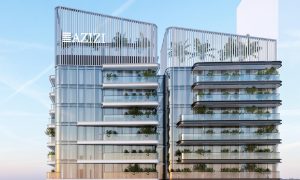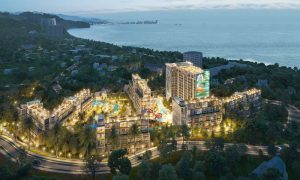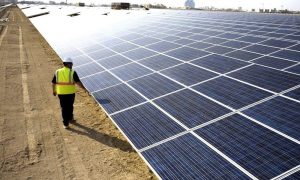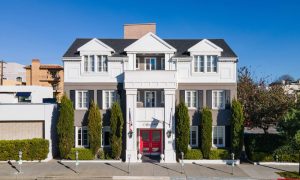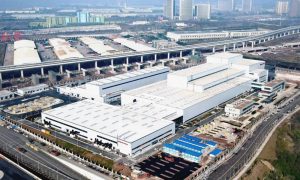Oman real estate returns to growth
Oman’s growing expatriate population and government infrastructure investments are helping steady commercial and residential values

Oman’s real estate market has seen steady growth over the past two years, driven by a notable increase in the expatriate population and continuing strategic investment in the economy. These are among the key findings from the newly-released Oman Property Report 2023, compiled by Savills.
The report highlights the country’s public debt decreasing from 65% of GDP in 2020 to approximately 40% in 2022, the positive shift in macroeconomic fundamentals, and the government’s focus on pro-growth initiatives, infrastructure, diversifying the economy, investing in green energy, and creating long-term economic opportunities.
Meanwhile, there has been a turnaround in trends impacting the expatriate population in Oman; this had been steadily growing until 2016, but faced a marked downward trend starting in 2017. This decline was further exacerbated by the COVID-19 pandemic, leading to a sharp drop of nearly 12% in the total population of 2020. Although there was a modest decrease in expatriate numbers in 2021, 2022 marked a turning point, with the expat population increasing by an impressive 20% due to the improved economic conditions.
The trend has continued in 2023, with a 5% rise so far compared to 2022. As a result, the expatriate population in the Sultanate has surged by 33% from a low point of 1.63m in September 2022 to 2.17m in May 2023.
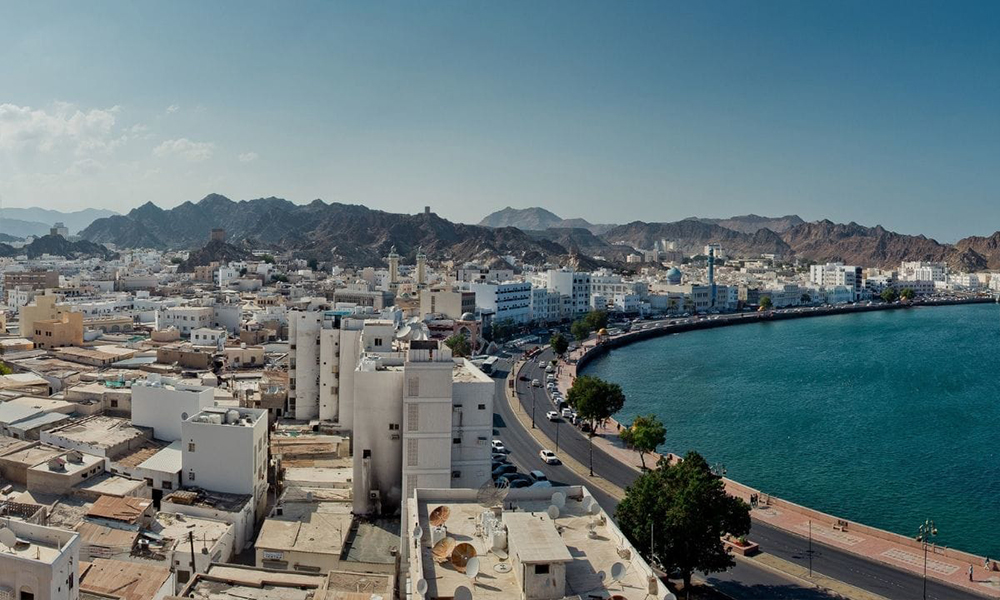
The Muscat residential rental market has begun to reap the benefits of this notable growth in the expatriate population. Rental values have been stabilising, and in some areas, there are even signs of growth. Key localities such as Al Mouj, Qurum, Shatti Al Qurum, Madinat Al Sultan Qaboos, and others have experienced increased demand due to their central locations, amenities, and the quality of properties they offer. In particular, Al Mouj has seen rental values rise by approximately 10-to-20% over the last 18 months, while Qurum has witnessed a 5-to-15% increase.
“Over the coming 12 months, we would expect rental values for mid-to-high-end units to remain relatively stable (and even show moderate increases in some locations), but that moderate downward pressure will remain for low-end properties,” said Matthew Wright, Head of Consultancy, Savills Oman.
Other initiatives are also helping: in June, the Omani government awarded a $6.7bn contract to build the world’s largest green hydrogen plant in Duqm. It is also working towards growing the country’s rail and metro capacity, as well as pushing ahead with a crucial passenger and freight rail link connecting the country’s industrial hub in Sohar to the UAE.
For the rental sector, despite the ongoing supply and demand imbalance in Muscat, achievable rental values for mid-range to higher-quality office spaces have remained largely stable over the last 18 months. Landlords, whilst not lowering headline rents, have been offering incentives to attract and retain tenants, such as extended rent-free periods. In the coming year, the market is expected to remain tenant-favoured, with rental values remaining stable, especially for mid-to-high-end units. However, there may be moderate upward pressure on rental values in some locations.
